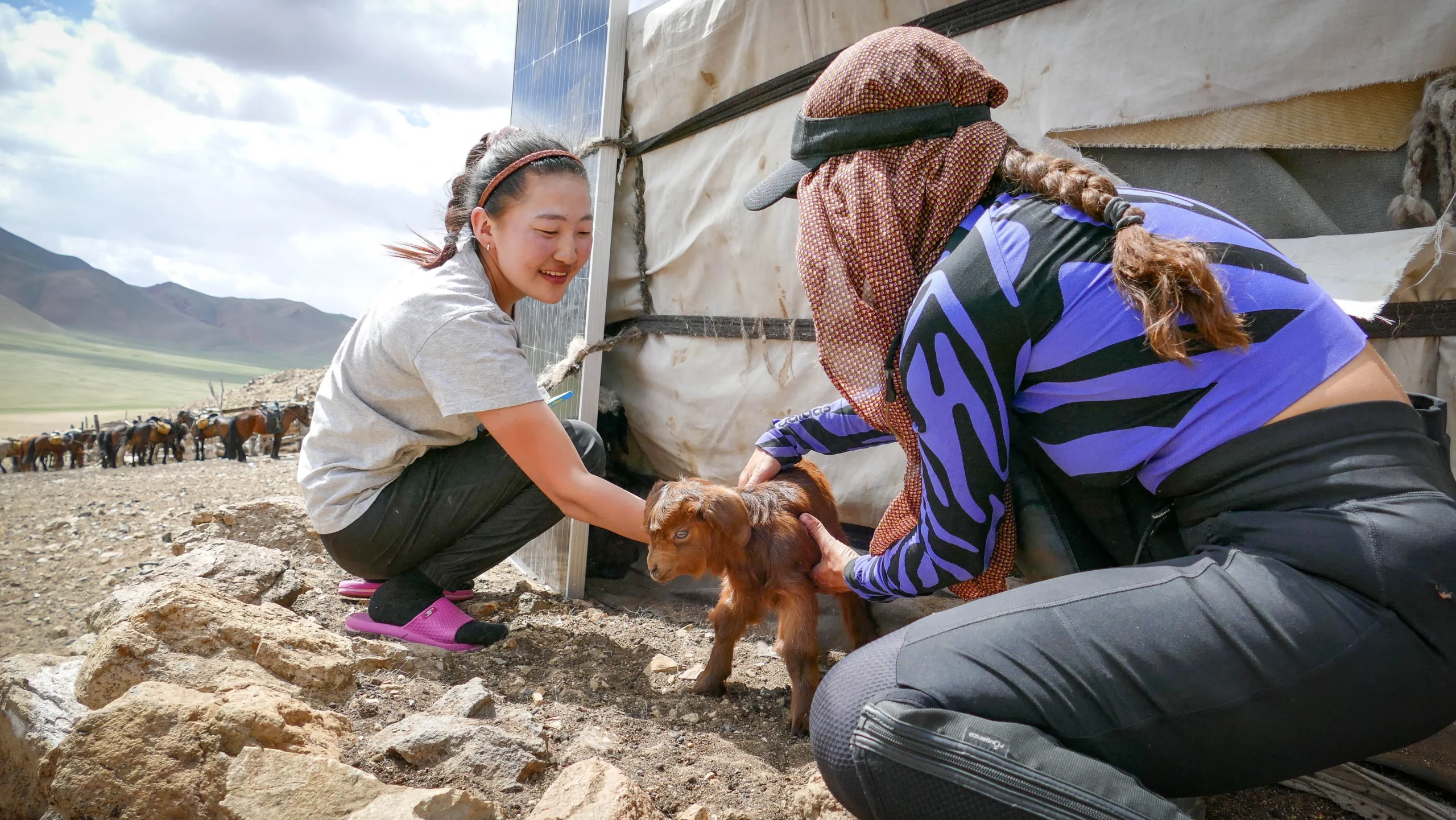Mongolia’s vast, untamed landscapes and rich nomadic culture provide an extraordinary backdrop for travelers seeking an adventure unlike any other. One of the most authentic ways to experience Mongolia is through horse trekking, a tradition that has been an integral part of Mongolian life for centuries. But beyond the thrill of riding through the steppe, sustainable horse trekking in Mongolia plays a crucial role in benefiting local communities and preserving the unique heritage of this beautiful country.
Empowering Local Economies
Sustainable horse trekking offers a significant boost to Mongolia’s rural economy, where many communities are traditionally based in remote areas. By providing local guides, drivers, and accommodation, horse trekking creates employment opportunities for herders and artisans who otherwise may struggle to find work. The income generated through tourism helps sustain livelihoods, enabling local families to continue their nomadic way of life, while also diversifying income sources in a land where traditional industries such as herding and farming are the primary means of subsistence.
Promoting Preservation of Traditional Practices
In Mongolia, horses are not just a mode of transportation—they are a vital part of the cultural fabric. Through sustainable horse trekking, travelers gain a deeper understanding of Mongolian traditions, particularly the art of horsemanship. The presence of tourists helps create a demand for traditional knowledge, ensuring that older generations pass down their skills and wisdom to younger ones. This transfer of knowledge keeps alive practices like horse breeding, archery, and the famous Mongolian wrestling, which have been passed down through the centuries.
By engaging with tourists in an authentic and respectful manner, local communities are encouraged to maintain their cultural heritage, which could otherwise face the risk of fading away in the face of modern pressures.
Encouraging Environmental Conservation
Sustainability in tourism isn’t just about people; it’s also about the land and its resources. Horse trekking in Mongolia can foster environmental awareness and encourage the conservation of the country’s stunning natural landscapes. The long-established relationship between Mongolian herders and the land is built on respect and sustainability. The slow, respectful nature of horse trekking aligns with the traditional Mongolian approach to nature—one of balance, harmony, and understanding.
Sustainable trekking operators work closely with local communities to ensure that tourism does not harm the environment, using eco-friendly practices and promoting awareness of the delicate ecosystems that visitors pass through. By choosing a sustainable trekking experience, tourists can help preserve Mongolia’s unique biodiversity and minimize their ecological footprint.
Cultural Exchange and Mutual Respect
Horse trekking offers an opportunity for cultural exchange between travelers and local Mongolians. Visitors are often invited to stay with nomadic families, participate in traditional activities, and learn about their ways of life. This personal interaction fosters mutual understanding and respect between cultures, breaking down barriers and promoting peace through shared experiences.
For local Mongolians, the exchange is equally valuable. It provides an opportunity to engage with the world outside of Mongolia and showcase the rich history and culture of their land. It also serves as an opportunity for younger generations to learn about the global community and the importance of preserving their own cultural identity.
Supporting the Future of Sustainable Tourism
As more people seek meaningful travel experiences, the demand for sustainable tourism grows. Sustainable horse trekking in Mongolia not only supports local communities but also sets a positive example for the tourism industry. By showing that it is possible to create a symbiotic relationship between tourism and local communities, Mongolia’s horse trekking industry can inspire other countries to adopt similar practices, paving the way for a future where tourism is a force for good.
Sustainable horse trekking in Mongolia is more than just a unique travel experience—it is a pathway to empowerment, preservation, and environmental stewardship. By supporting local communities, promoting cultural heritage, and encouraging responsible tourism practices, horse trekking helps ensure that Mongolia’s traditions and landscapes are protected for future generations. So, the next time you saddle up for a ride across the Mongolian steppe, remember that your journey is helping to sustain the very heart of Mongolia itself.





Comments are closed